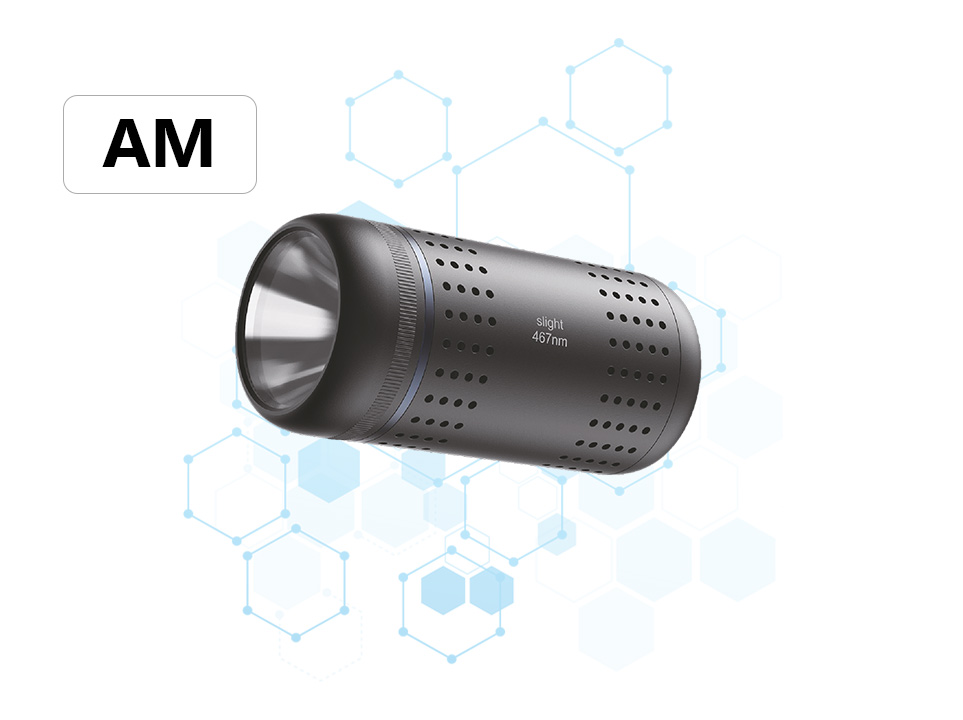What parameters should be considered when selecting the microfluidic photoreactor?
The selection of a microfluidic photoreactor is a critical step in ensuring the success and efficiency of photochemical reactions. When choosing such a reactor, several parameters must be carefully considered to tailor the device to the specific needs of the experimental setup and reaction conditions. This paper discusses the key parameters that should guide the selection process.
Throughput
The throughput, defined as the flow rate of liquid or gas passing through the reactor per unit time, significantly impacts the reaction speed and productivity. A higher throughput generally accelerates the reaction rate and increases yield. However, excessively high throughput may lead to inadequate mixing or incomplete reactions. Therefore, the throughput should be selected based on the reactor's design parameters and adjusted according to specific experimental requirements.
Reactor Internal Volume
The internal volume of the reactor determines its capacity to hold reactants, directly affecting the yield. A larger internal volume can accommodate more reactants, but it may also result in longer reaction times. Hence, the optimal internal volume should be determined by considering the nature of the reactants, reaction rates, and desired yield.
Reaction Channel Dimensions
The dimensions of the reaction channels are crucial for the performance of microfluidic reactors. Smaller channel sizes increase the specific surface area, enhancing heat and mass transfer rates, which improve reaction efficiency and product quality. However, excessively small channels may increase fluid flow resistance and potentially lead to clogging. Thus, a balance between channel size and fluid resistance must be struck based on experimental needs.
Residence Time
Residence time refers to the duration for which reactants remain within the reactor. Shorter residence times can improve reaction efficiency, but they may also result in incomplete reactions. Therefore, setting an appropriate residence time is essential, considering the nature of the reactants, reaction kinetics, and desired product purity.
Temperature Control
Temperature is a vital parameter affecting reaction rates and selectivity. Precise temperature control ensures reaction stability and controllability, leading to higher product quality and purity. When selecting a device, attention should be paid to the stability and accuracy of its temperature control system to meet experimental demands.
Material Corrosion Resistance
Since microfluidic photoreactors handle various chemicals, their material's corrosion resistance is crucial for long-term stable operation. Common materials include stainless steel and glass, with different corrosion resistance, thermal conductivity, and costs. The material choice should be based on the nature of the reactants and experimental conditions.
Modular Design and Scalability
Modular design allows users to freely assemble and configure the reactor to adapt to diverse experimental needs, enhancing reactor flexibility and scalability while reducing maintenance costs.
In conclusion, the selection of a microfluidic photoreactor necessitates a comprehensive consideration of throughput, reactor internal volume, reaction channel dimensions, residence time, temperature control, material corrosion resistance, and modular design. By carefully evaluating these parameters, researchers can tailor the reactor to their specific experimental requirements, ensuring efficient, rapid, and controllable photochemical reactions.





